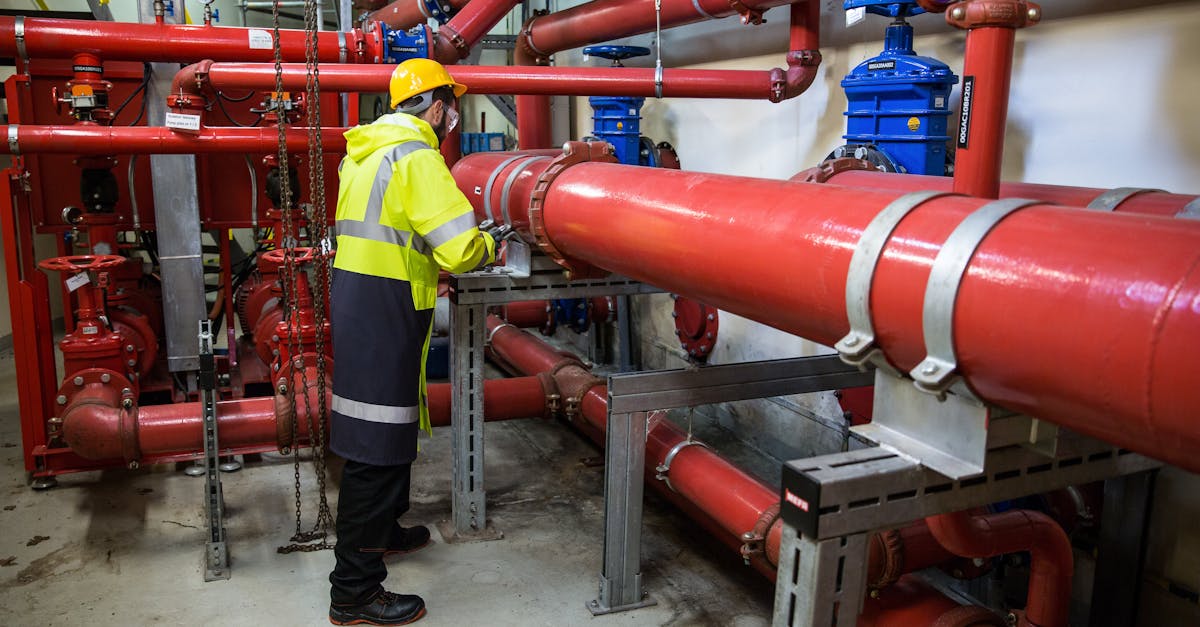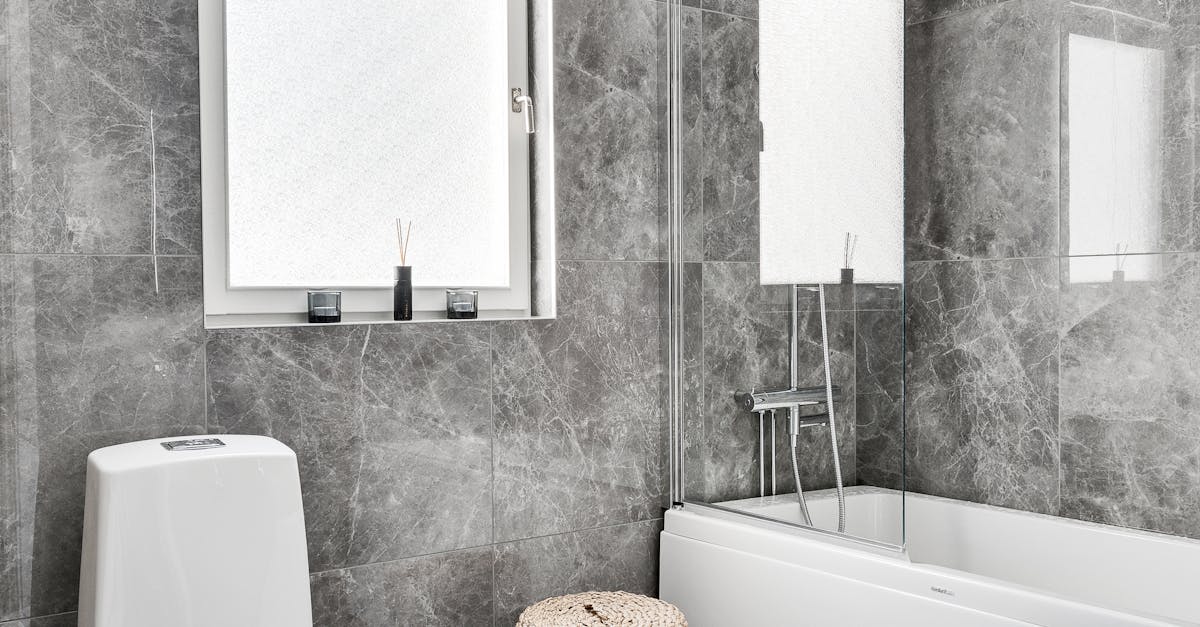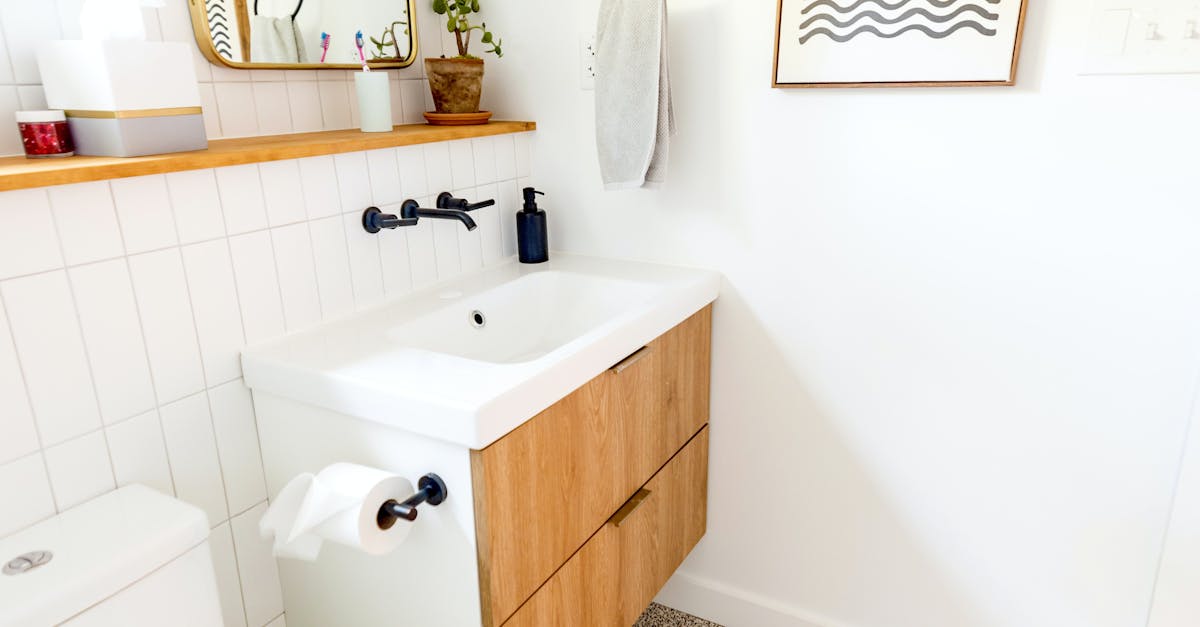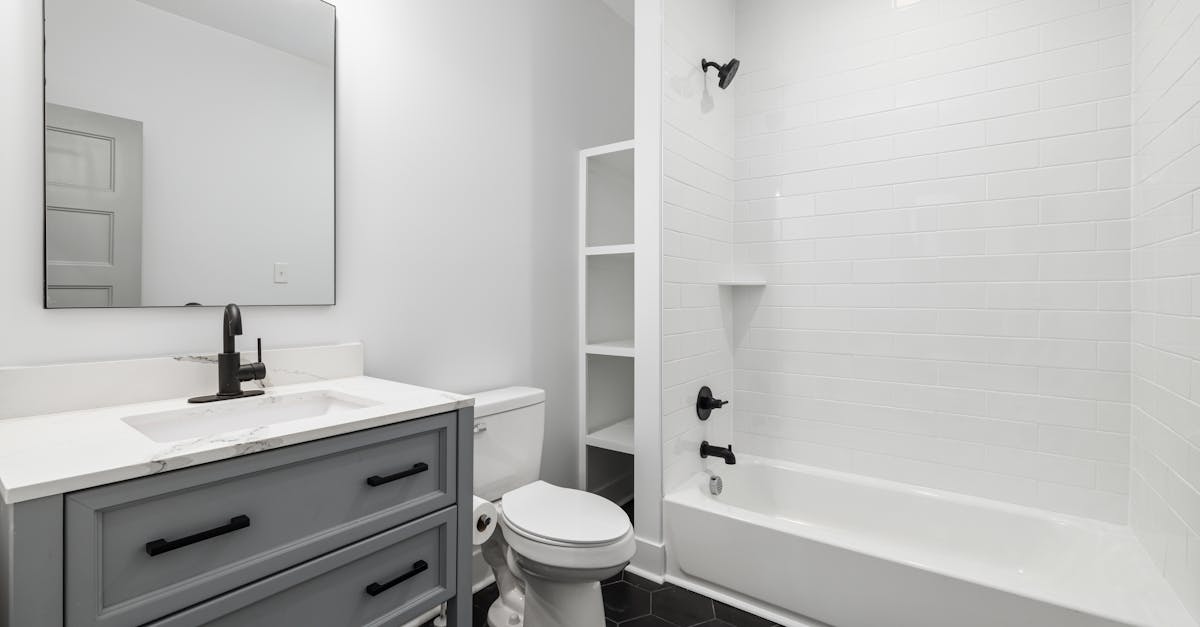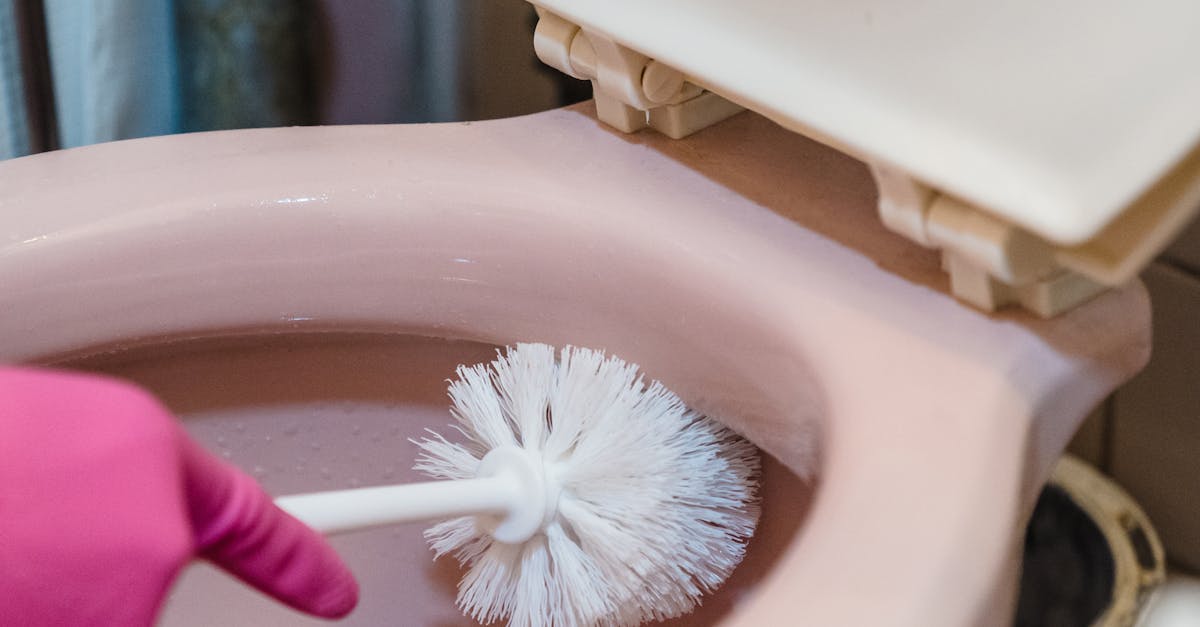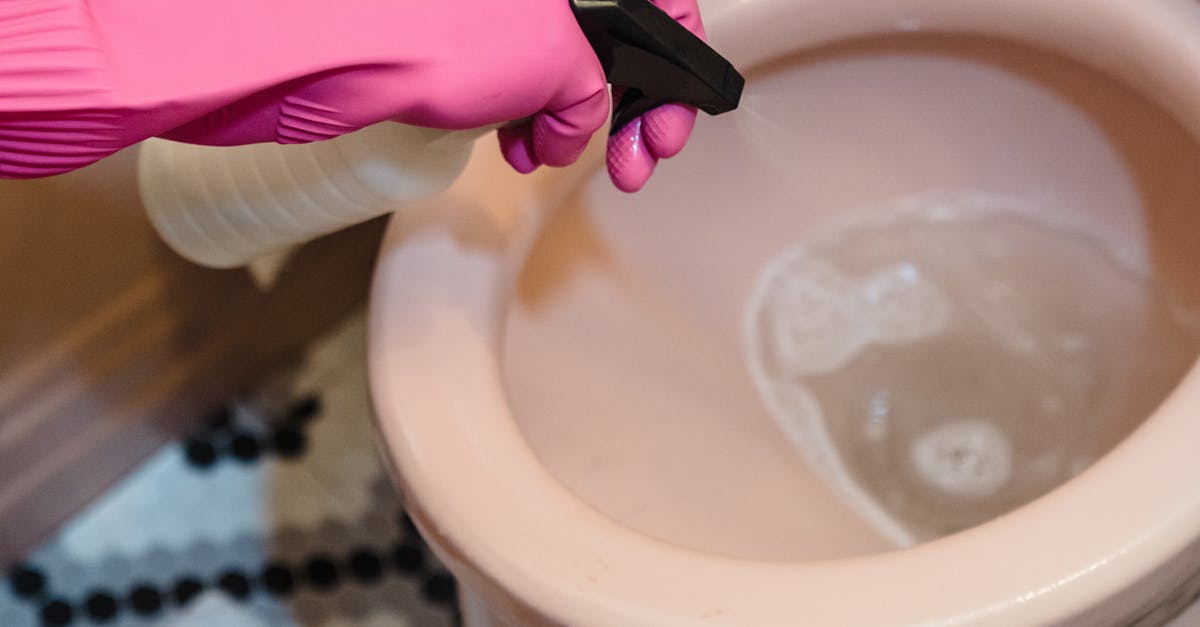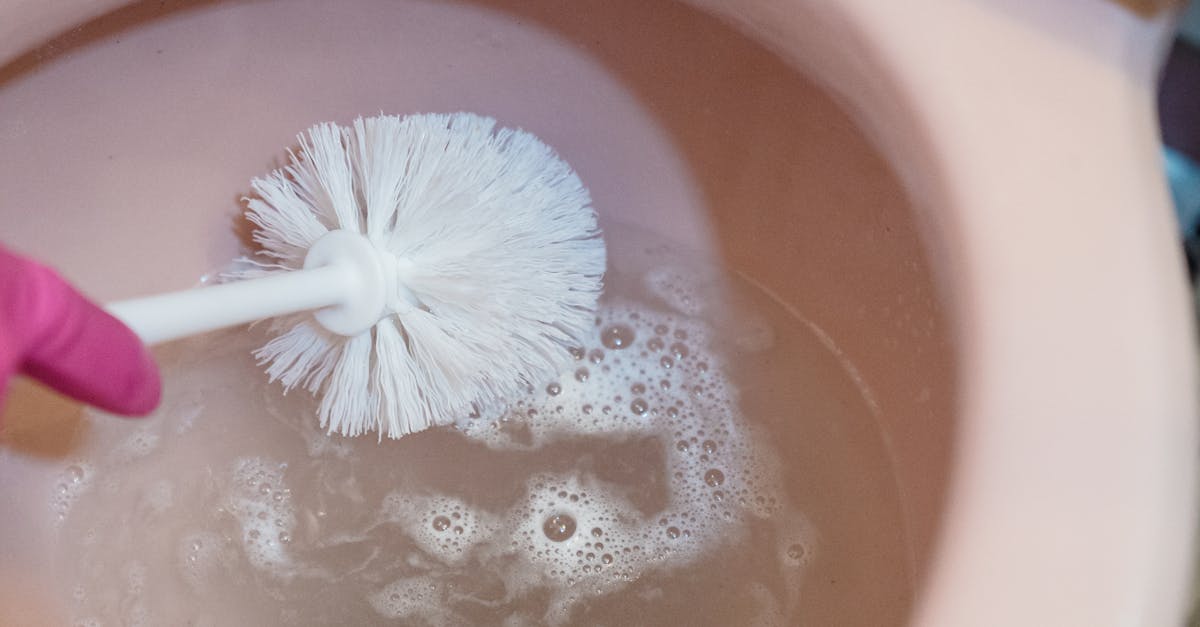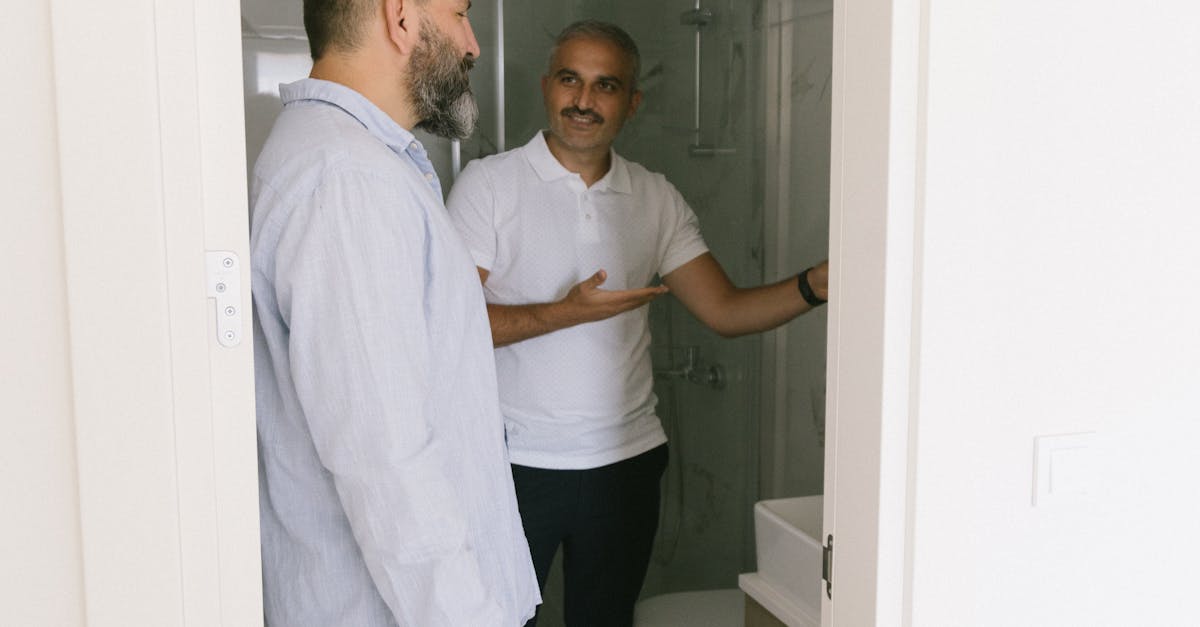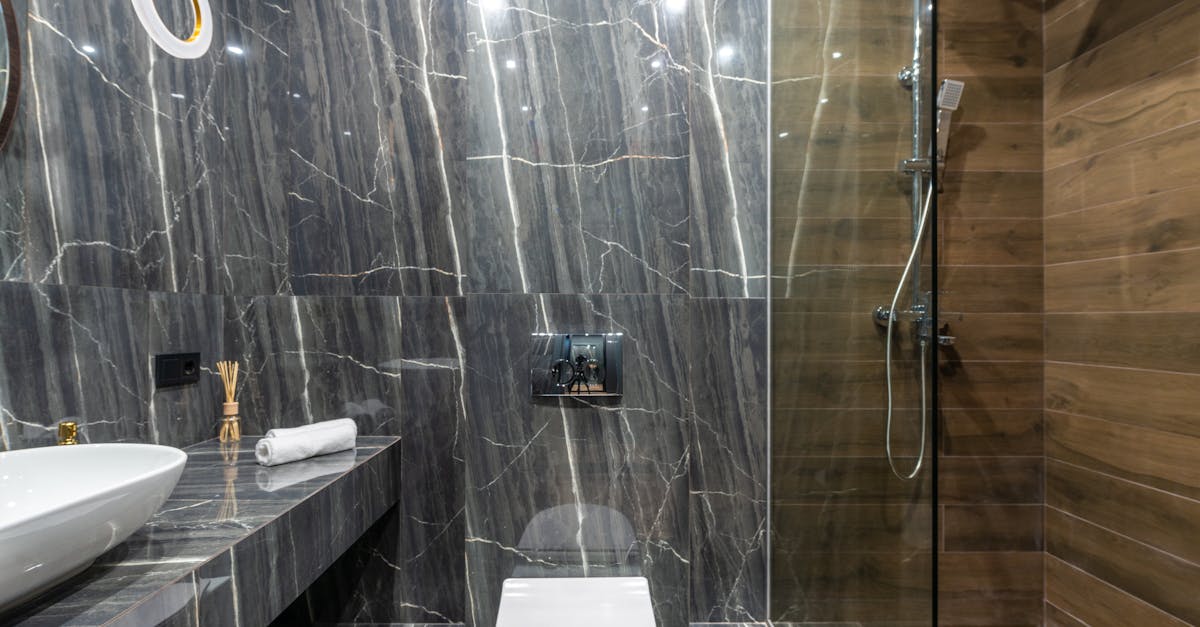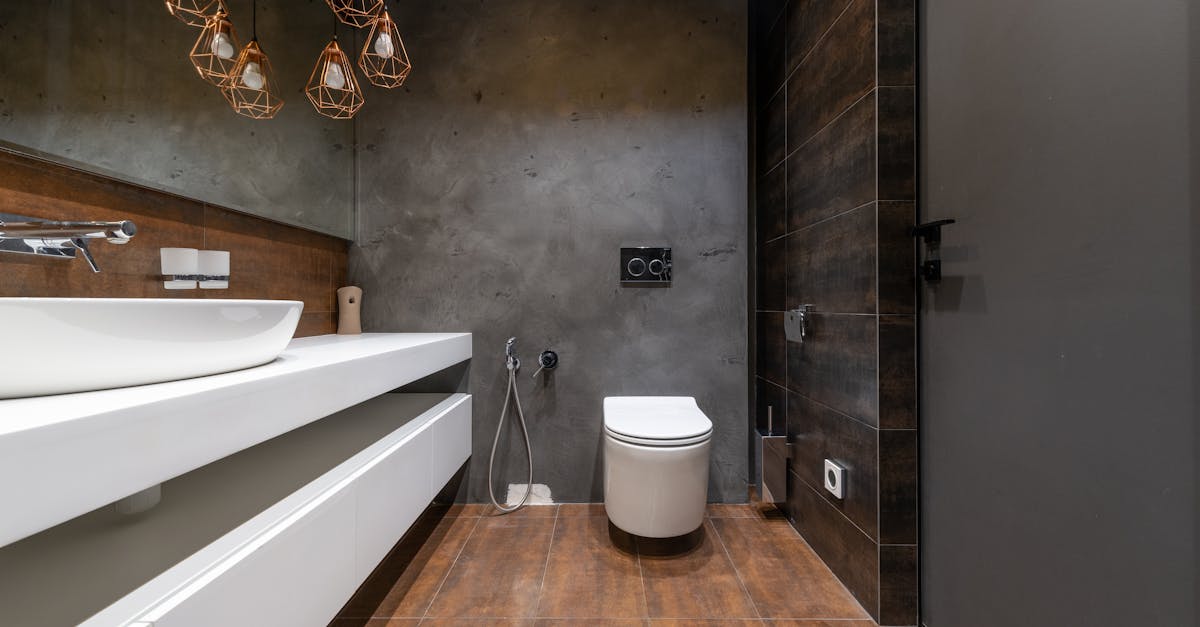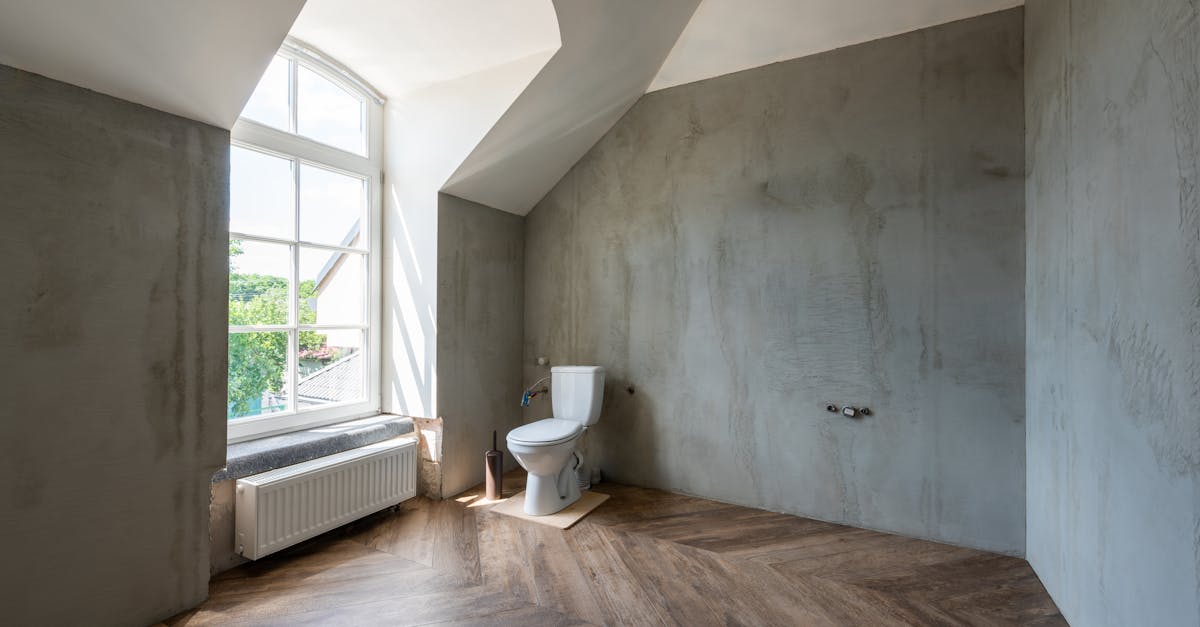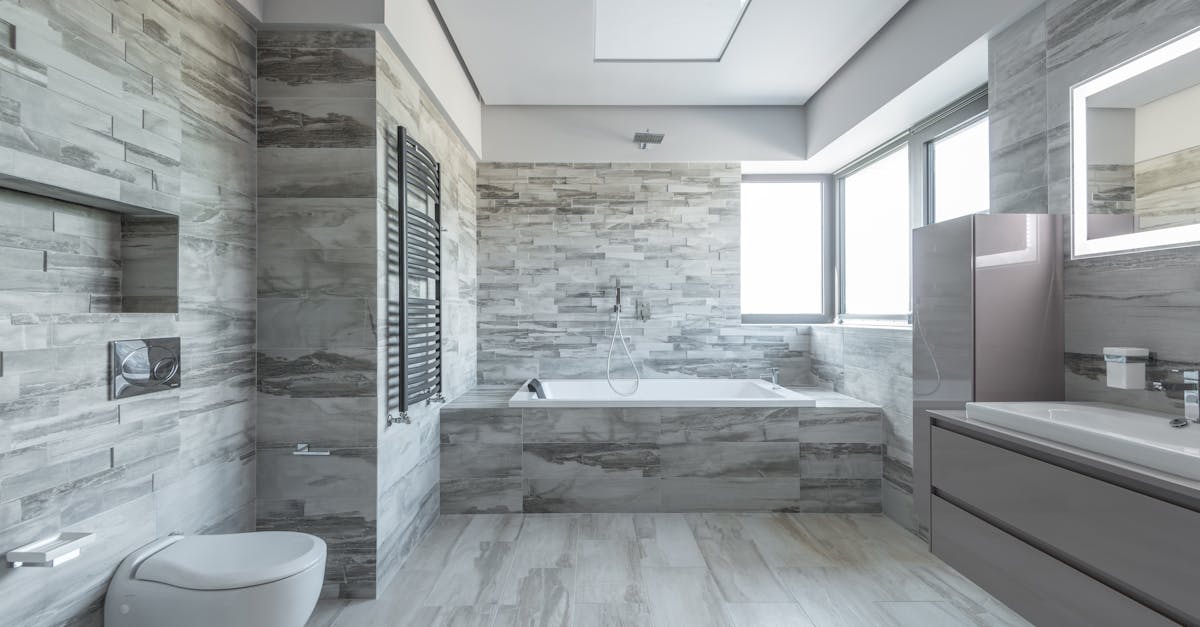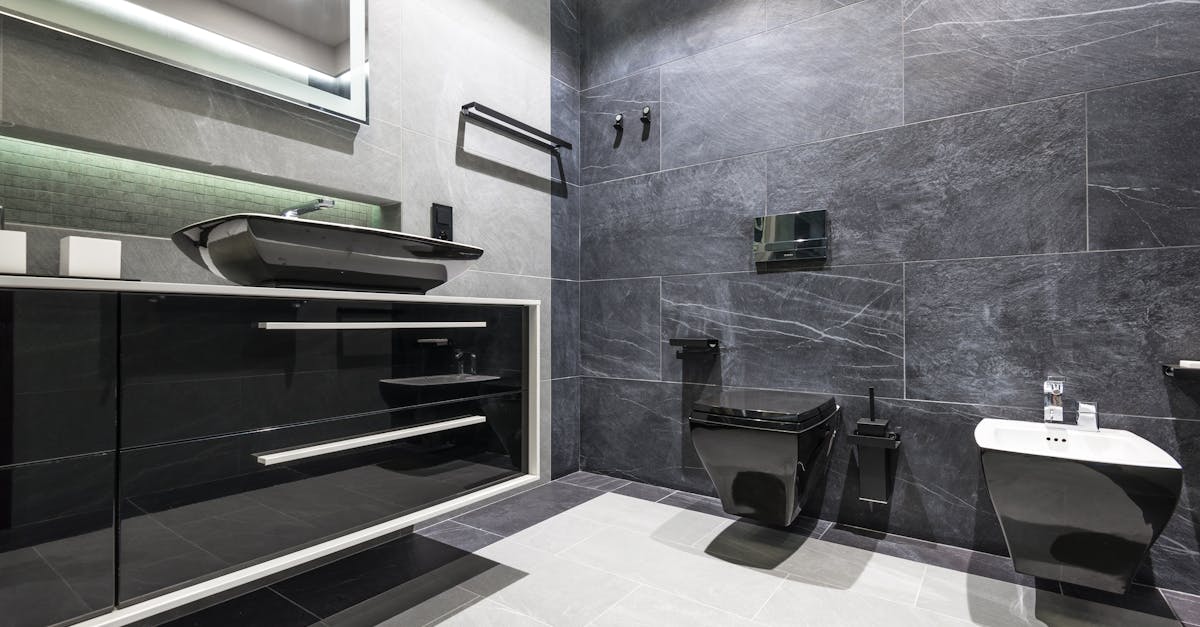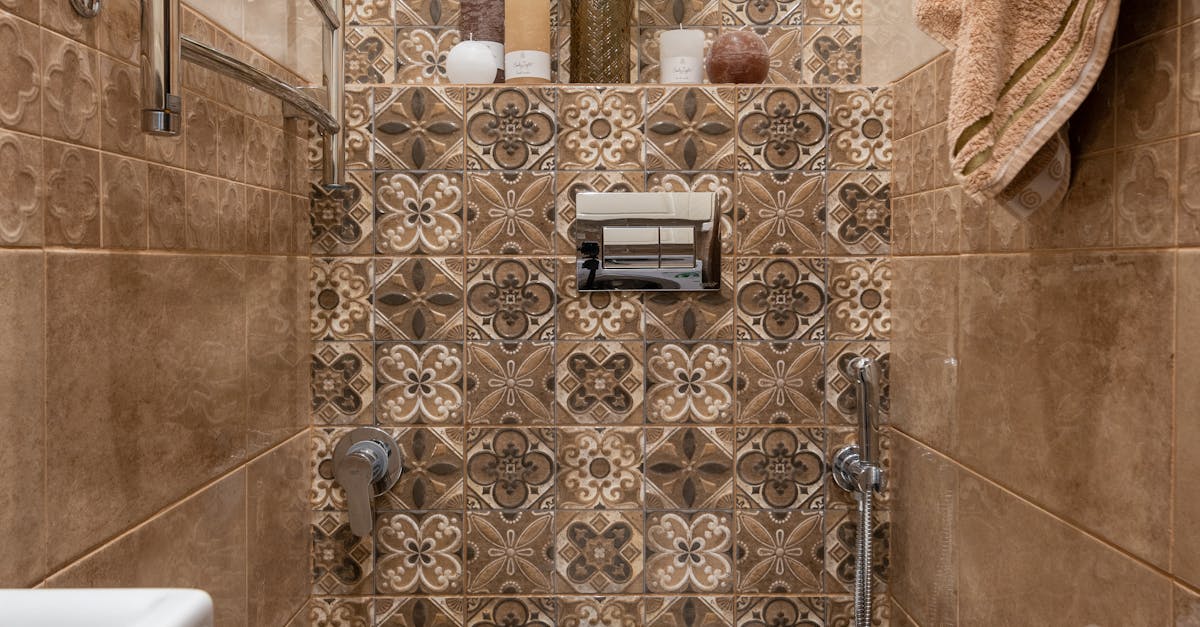
Table Of Contents
Ensuring Proper Water Level
The water level in the toilet tank is crucial for proper flushing. If the water is too low, it might not create enough force to clear waste effectively. A good starting point for the water level is approximately one inch below the top of the overflow tube. Regular checks can help identify if adjustments are necessary. If you’re experiencing ongoing flushing issues, it may be time to look into professional toilet repairs for a more comprehensive solution.
Adjusting the water level can typically be done by modifying the float mechanism. This may involve turning a screw or adjusting a clip, depending on your toilet model. Ensuring the float moves freely is essential for accurate water level regulation. If the tank constantly runs or fills excessively, that could signal a need for toilet repairs to fix any underlying issues that aren't easily solved through simple adjustments.
Adjusting the Water Level in the Tank
Ensuring the water level in your toilet tank is adequate is crucial for effective flushing. If the water level sits too low, it may result in weak flushes or even complete failure to flush properly. To check this, remove the tank lid and observe the water level in relation to the marked fill line inside the tank. If the level is below this line, adjustments will need to be made.
Adjusting the water level typically involves modifying the float mechanism. Most toilets use a float ball or a float cup. If you have a float ball, gently bend the arm upwards to raise the water level. For a float cup system, locate the adjustment screw and rotate it to increase the water level. Regular checks and adjustments can help avoid those annoying toilet repairs that often arise from persistent flushing issues.
Investigating the Drainage System
A well-functioning drainage system is crucial for ensuring that your toilet flushes properly. Begin by examining the plumbing layout within your home. Look for any noticeable obstructions or unusual bends in the pipes that could impede the flow of water. This initial assessment can reveal whether a clog exists further down the line or if there are larger plumbing issues at play. Pay attention to signs of any leaks or blockages which may necessitate professional assistance for toilet repairs.
If you suspect that the drainage system is the problem, consider inspecting vent pipes as well. These pipes are integral to maintaining proper air pressure within the system, allowing waste and water to flow smoothly. A blocked vent can lead to slow drainage and backup, which complicates toilet flushing. Ensuring that vents are clear helps in maintaining the overall effectiveness of your toilet, minimising the need for future toilet repairs.
Understanding the Plumbing Layout
Understanding the plumbing layout of your home is crucial for troubleshooting toilet issues. A typical system consists of supply lines that bring water into the tank and drainage pipes that carry waste away. Familiarity with this layout can help identify potential blockages and areas that may require toilet repairs. Knowing where the main sewer line connects can also assist in pinpointing problems that affect multiple fixtures.
Pay attention to the location of vents and cleanouts as these are essential for proper drainage and airflow. If the plumbing layout is complicated or older, it might be worth consulting a professional. Regular inspections can prevent larger issues down the line, making it easier to address minor toilet repairs before they escalate into major problems.
Using a Plunger Correctly
A plunger is an essential tool for tackling stubborn clogs in the toilet. To use it effectively, you should start by ensuring there is enough water in the bowl to cover the rubber suction cup. Position the plunger over the drain hole, making sure it forms a good seal. This creates the necessary suction and pressure needed to dislodge the obstruction. Begin with gentle pushes before escalating to more forceful thrusting. This technique helps to gradually break up the blockage without causing additional harm to your toilet.
When engaging in toilet repairs, using the right technique with the plunger can mean the difference between a simple fix and an ongoing issue. After several thrusts, remove the plunger and check to see if the water drains properly. If it does, you have likely cleared the blockage. If not, repeat the process. Patience is key during these moments. Keeping the plunger at the ready ensures you are prepared for emergencies and can address any clogs as they arise.
Techniques for Maximum Effectiveness
When using a plunger, positioning it correctly is essential for maximum effectiveness. Ensure that the bell-shaped end fits snugly over the toilet drain. This creates a seal that allows for efficient suction. Begin by applying gentle pressure to push the air out before pulling up sharply to create a vacuum. Repeat this motion several times in quick succession, maintaining a strong grip on the handle. This technique harnesses the power of suction and pressure, helping to clear any blockages that may prevent your toilet from flushing properly.
In some cases, persistent clogs might require you to consider toilet repairs. If plunging does not resolve the issue, it may indicate a more serious problem within the plumbing system. A blockage further down the line or issues with the toilet's internal components could necessitate professional intervention. Knowing when to seek help can save you time and prevent damage to the plumbing. Addressing these matters promptly ensures your toilet remains functional without ongoing disruptions.
FAQS
What should I do if my toilet won't flush at all?
If your toilet won't flush, first check if there's enough water in the tank. If the water level is low, adjust it by following the guidelines for adjusting the water level in the tank. If that doesn’t work, you may need to investigate the drainage system for blockages or issues.
How can I tell if my toilet has a plumbing issue?
Signs of plumbing issues include gurgling sounds from the toilet, slow draining, or water backing up into the bowl. If you experience any of these symptoms, it may be time to investigate your plumbing layout and seek professional assistance if necessary.
Is using a plunger always effective for unclogging a toilet?
While a plunger can be very effective for unclogging toilets, it’s important to use the correct technique for maximum effectiveness. Ensure that you create a proper seal and use firm, consistent thrusts to dislodge the blockage.
What causes a toilet to flush weakly?
A weak flush can be caused by several factors, including a low water level in the tank, a clogged rim jet, or issues with the toilet's flushing mechanism. Check the water level and inspect for any blockages or malfunctions.
When should I call a plumber for toilet problems?
If you've tried adjusting the water level and using a plunger but still experience flushing issues, it's advisable to call a plumber. They can help diagnose and resolve more complex plumbing problems that may be affecting your toilet.
